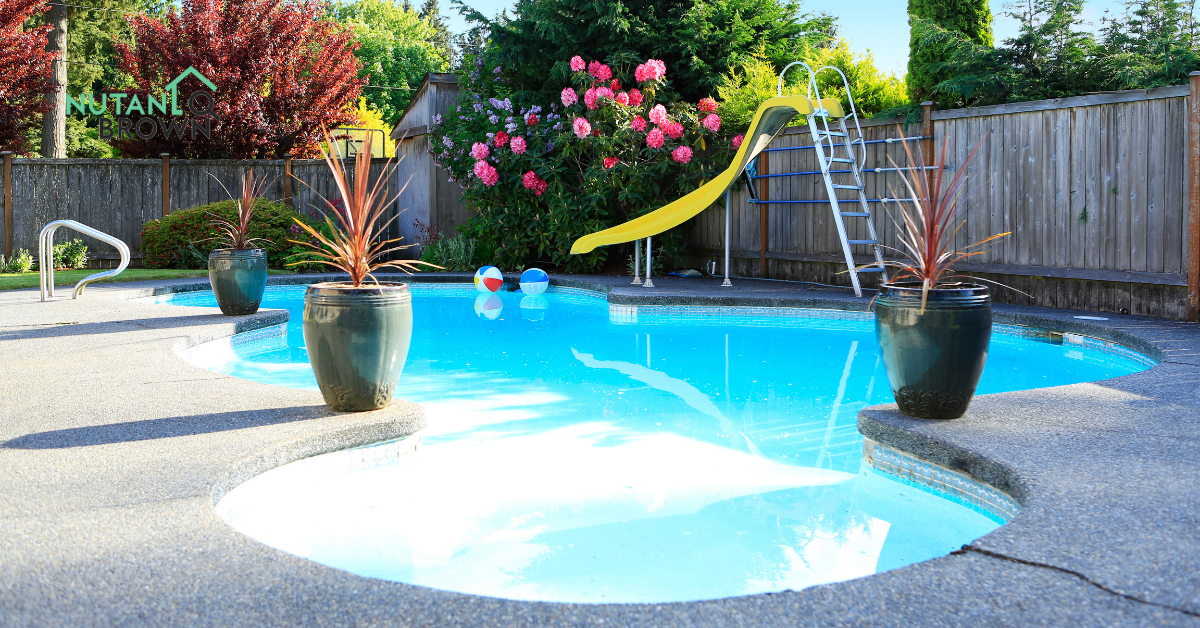
Whether you're a first-time pool owner or a seasoned swimmer looking to streamline your routine, this guide will walk you through everything you need to know to keep your pool in top shape.
Test and Balance Your Pool Water
Balanced water chemistry is crucial for swimmer safety and the longevity of your pool.· Test frequently: Use a reliable testing kit or strips to check pH, chlorine, and alkalinity at least once a week.
· Keep pH in range: Aim for a pH level between 7.2 and 7.8 for water that's gentle on the skin and pool equipment.
· Chlorinate wisely: Maintain chlorine levels between 1 and 3 parts per million (ppm) to eliminate harmful bacteria and keep water crystal clear.
Stick to a Regular Cleaning Routine
A clean pool isn’t just about looks, it’s about preventing algae, bacteria, and costly repairs.· Skim daily: Use a net skimmer to remove leaves, bugs, and debris before they settle to the bottom.
· Brush and vacuum weekly: Scrub pool walls and floors to stop algae in its tracks. For a hands-free option, consider a robotic pool cleaner.
· Clear the skimmer basket: Empty it regularly to ensure your filtration system runs efficiently.
Maintain Your Pool Equipment
Your pump, filter, and accessories are the unsung heroes of your pool’s ecosystem.· Run your pump: Operate it for 8–12 hours a day during swim season to keep water moving and filtered.
· Clean filters: Rinse or replace filter cartridges as needed, or backwash sand/DE filters every 4–6 weeks.
· Inspect pool hardware: Check handrails, ladders, and diving boards for wear or rust and make repairs as needed.
Don’t Skip Professional Inspections
Sometimes, it pays to bring in an expert to spot issues you might miss.· Schedule annual service: A professional technician can inspect your pool’s structure, equipment, and plumbing to catch problems early.
· Watch for leaks: A drop in water level could indicate a leak. Call in a pro for detection and repair.